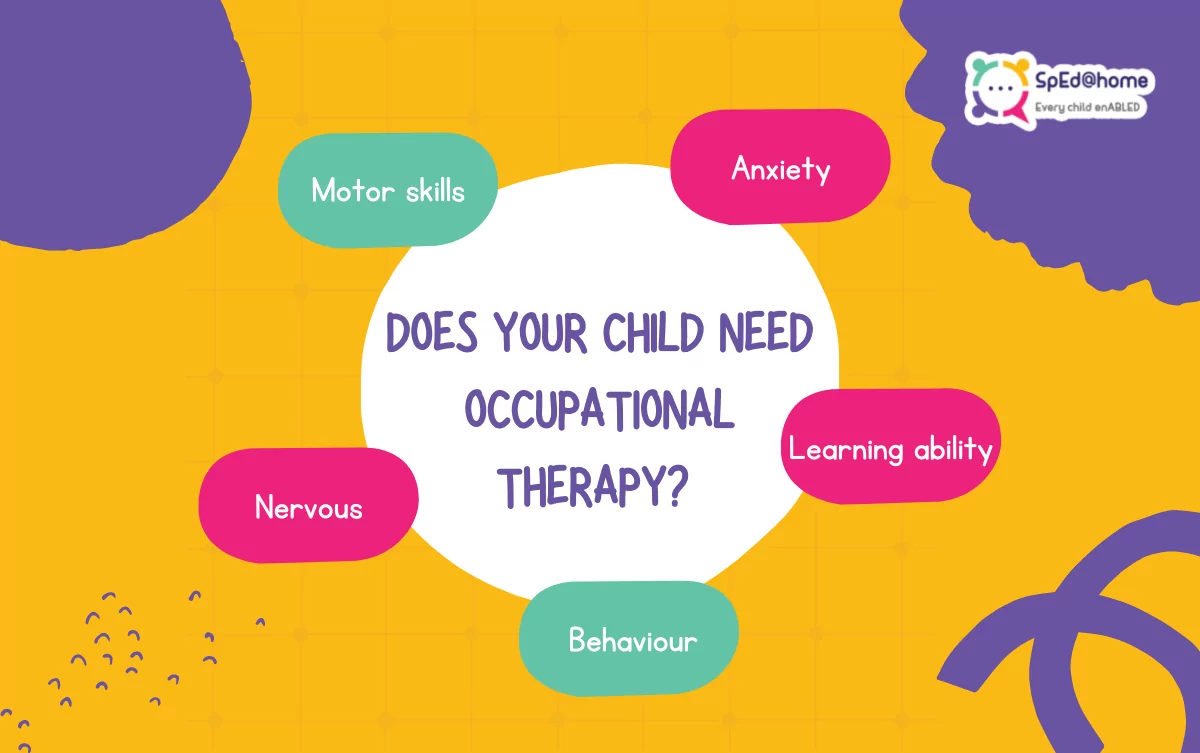Sensory Processing Assessment: Understanding Your Child’s Unique Needs
Some children react differently to sights, sounds, textures, or movement. While sensory sensitivities are common, they can sometimes interfere with learning, play, and daily life. A sensory processing assessment helps identify how a child perceives and responds to sensory information, guiding parents and educators toward effective support strategies.
What is a Sensory Processing Assessment?
A sensory processing assessment is a comprehensive evaluation conducted by an occupational therapist or developmental specialist. It examines how a child receives, interprets, and responds to sensory input from their environment.
The assessment evaluates:
- Tactile sense – sensitivity to touch or textures
- Auditory sense – reaction to sounds or noise levels
- Visual sense – response to lights, colors, and movement
- Vestibular sense – balance, motion, and spatial orientation
- Proprioceptive sense – awareness of body position and coordination
Understanding a child’s sensory profile helps create strategies for learning, play, and daily routines.
Why is it Important?
Sensory processing challenges can affect:
- Focus and attention in class
- Fine and gross motor skills
- Emotional regulation and behavior
- Social interaction and participation in group activities
Early identification ensures children receive targeted interventions, improving their confidence, learning, and overall development.
Signs Your Child May Need a Sensory Processing Assessment
Parents might consider an assessment if a child:
- Avoids certain textures or clothing
- Is overly sensitive to sounds, lights, or movement
- Shows extreme reactions to routine touch or environmental changes
- Appears clumsy or uncoordinated
- Has trouble focusing or completing tasks due to sensory distractions
Recognizing these signs early allows for timely support that can prevent frustration and challenges in school or home environments.
How the Assessment Works
- Parent interview – Understanding the child’s daily routines, sensitivities, and behaviors.
- Observation – Watching the child engage in play, school tasks, and daily activities.
- Standardized tests and questionnaires – Measuring responses to different sensory stimuli.
- Analysis and report – Providing a detailed summary of sensory strengths, challenges, and recommendations.
Benefits of a Sensory Processing Assessment
- Identifies specific sensory sensitivities affecting learning and behavior
- Guides therapy interventions to improve focus, coordination, and regulation
- Provides practical strategies for home, school, and play
- Boosts confidence as children learn to manage sensory input effectively
- Supports parents and educators with actionable guidance for daily routines
Implementing the Results
After assessment, specialists may recommend:
- Sensory integration therapy to improve regulation and processing
- Environmental adaptations in classroom or home settings
- Activities to strengthen coordination, balance, and fine motor skills
- Parent coaching on routines and sensory-friendly strategies
With consistent support, children can engage more fully in learning, social activities, and daily life.
Final Thoughts
A sensory processing assessment is a vital step in understanding a child’s unique sensory needs. By identifying sensitivities and challenges early, parents and educators can provide targeted support, helping children thrive academically, socially, and emotionally.


